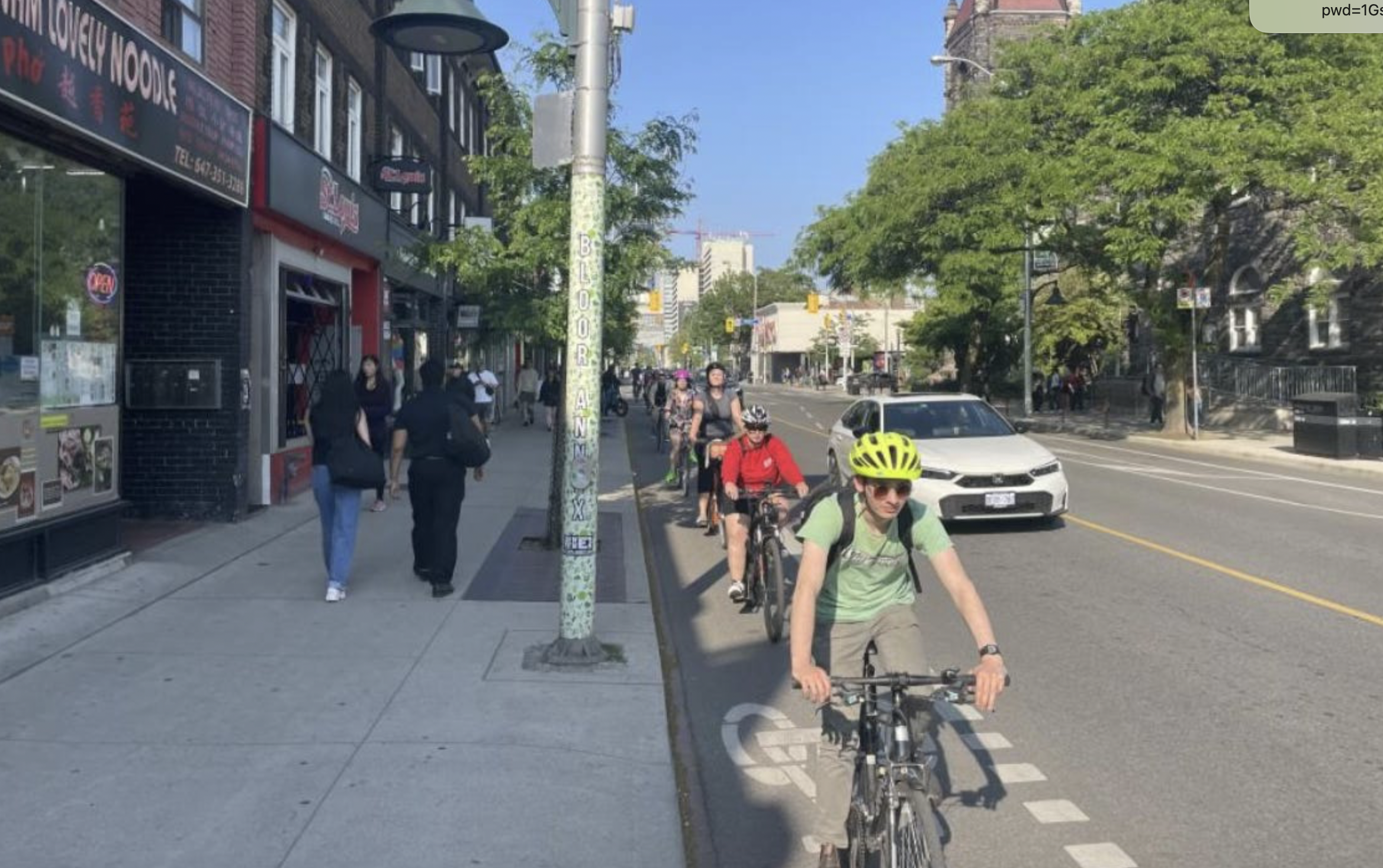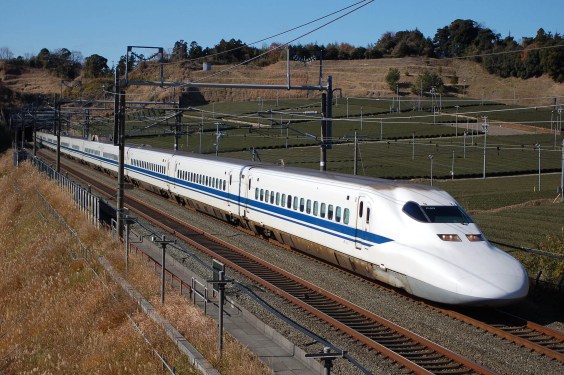
Chicago's Department of Transportation started the Green Alleys Program to use the city's many alleyways to conserve natural resources and improve the environment. Although New York City doesn't have too many alleys, the beautifully-designed, 47-page Green Alleys Program booklet (PDF) offers several techniques that could still be useful in making New York City streets perform better environmentally.

Permeable pavement has pores or openings that allow water to pass through the surface and percolate through the existing subsoil. Permeable pavement comes in the form of asphalt, concrete and pavers. In areas where soils do not drain freely, permeable pavement can be used in combination with subsurface drainage systems to slow runoff and reduce stress on the sewer system.
High albedo pavement material is light in color and reflects sunlight away from the surface. With less sunlight absorbed by pavement, less heat is radiated by the pavement. High albedo pavement therefore reduces the urban heat island effect. This reduces cooling costs, helps the survival of urban vegetation and improves air quality which can help reduce the symptoms of some respiratory diseases.

Recycled construction materials can be incorporated in a variety of ways in green alleys. Recycled concrete aggregate can be used in the concrete mix and as a base beneath surface paving. Also, slag, a by-product of steel production, can be used as a component of the concrete mix, reducing industrial waste. Ground tire rubber can be used in porous asphalt and reclaimed asphalt pavement in non-porous asphalt.
Energy efficient, dark sky compliant light fixtures are specially designed to direct light downward, focusing light where it's needed. These fixtures can also incorporate the latest technologies in energy efficiency while maintaining adequate light levels. New alley fixtures will also use metal halide lamps, which produce white light, instead of the yellow light produced by the existing high-pressure sodium fixtures. This will help people to be able to distinguish color at night.

A rain garden is a landscape feature that is planted with native perennial plants used to slow down the storm water runoff from im-pervious surfaces (such as roofs, sidewalks and parking lots) and allow it to infiltrate back into the soil.
A rain barrel or cistern is a container used to collect and store rainwater from a building roof for various uses including irrigating plants.
Composting. Kitchen scraps, yard waste and even some paper products can be placed into an inexpensive composting bin to decompose. With very little maintenance, the waste will soon break down into a rich, organic material that can be mixed directly into garden soil or used as fertilizer for trees and shrubbery. Not only does composting save space in our garbage trucks and landfills, but its product also provides a nutrient boost to poor urban soils. Potential benefits of composting include: reduces waste hauled to landfills, reduces the need to extract virgin natural resources, requires little or no cost to the property owner, improves soil structure, provides natural fertilizer to plants.





